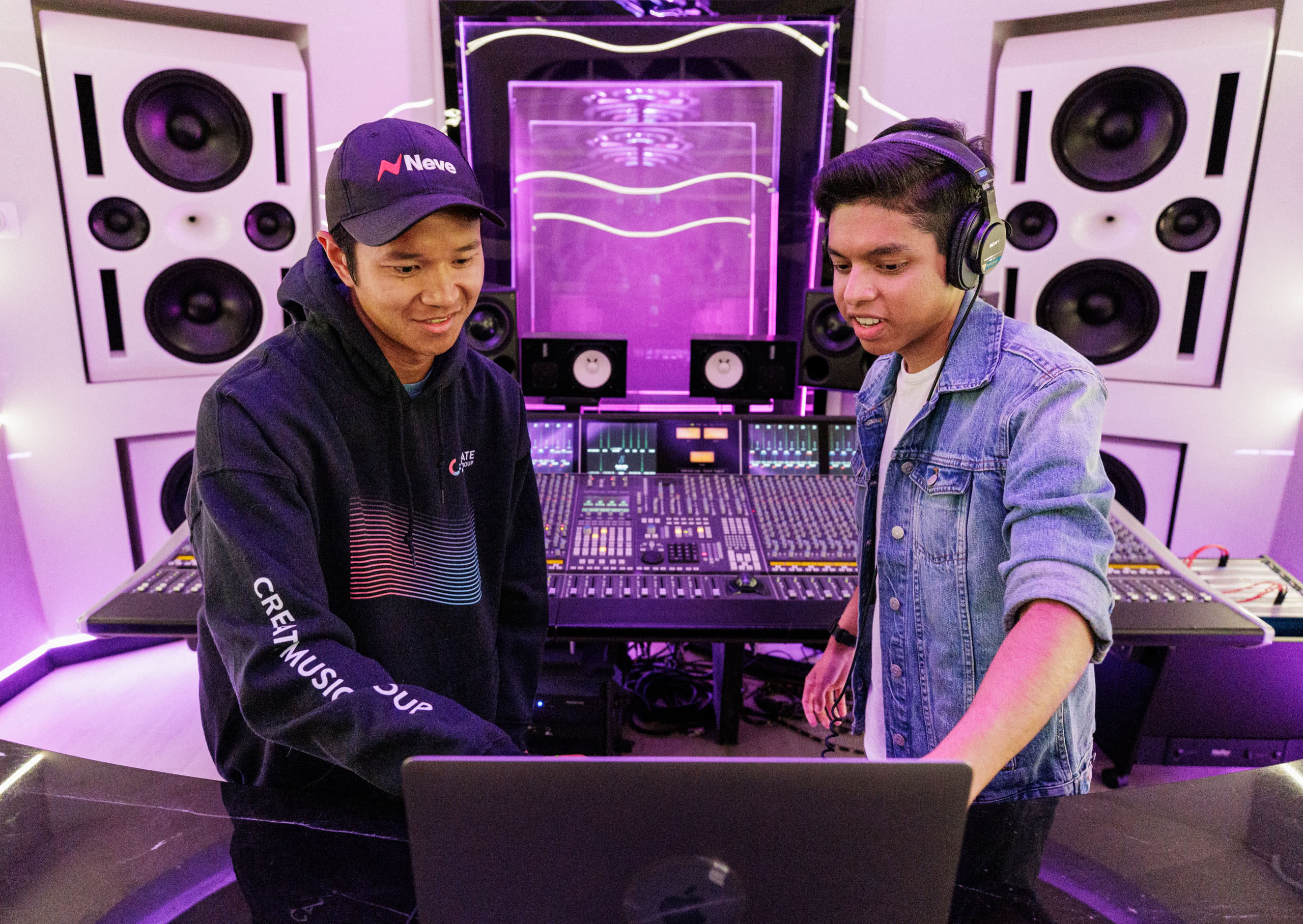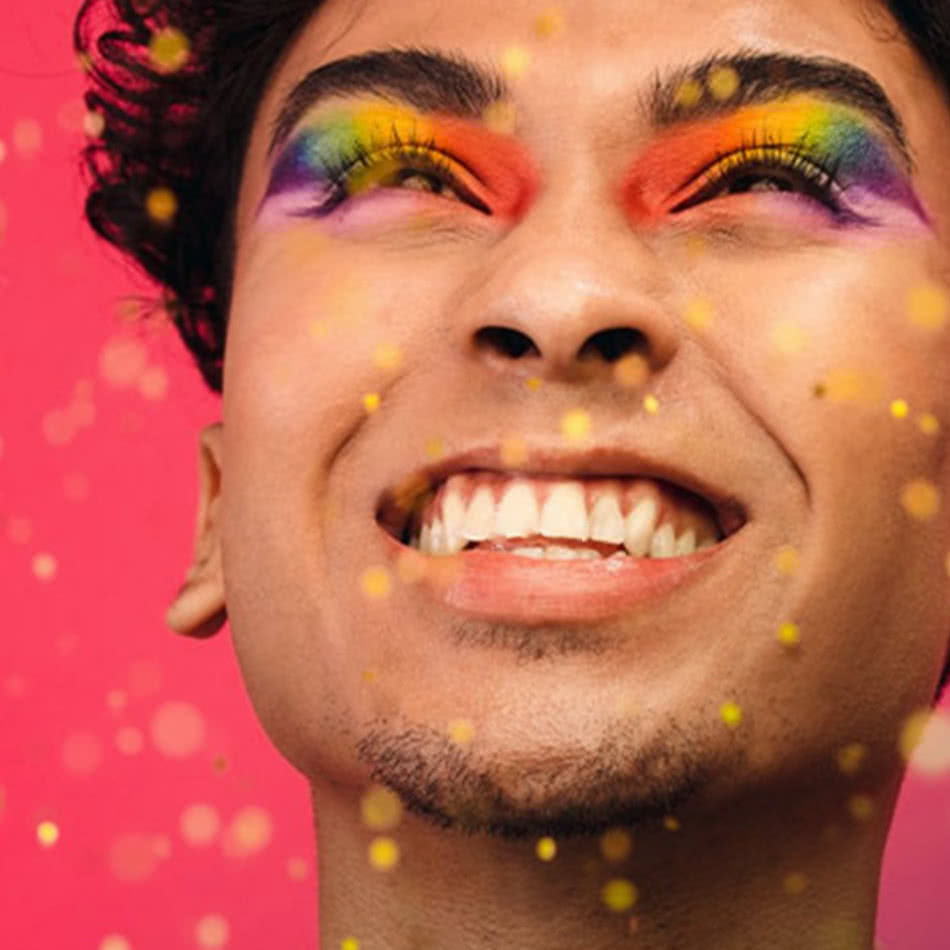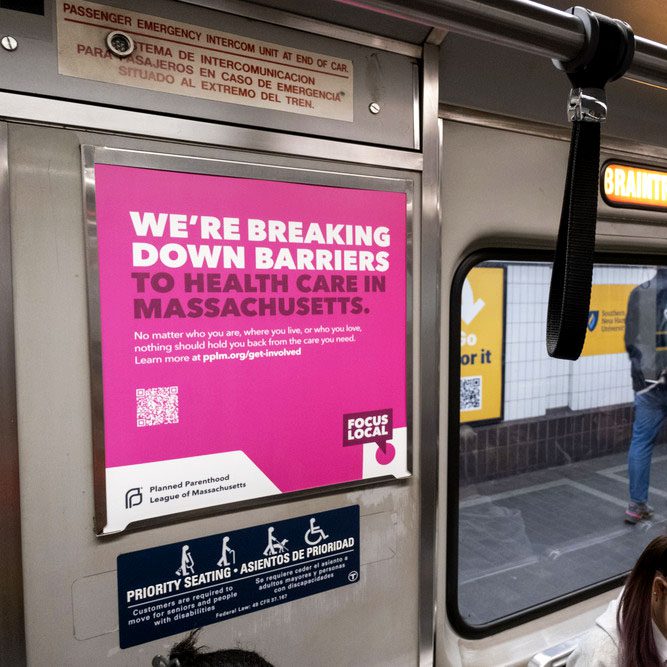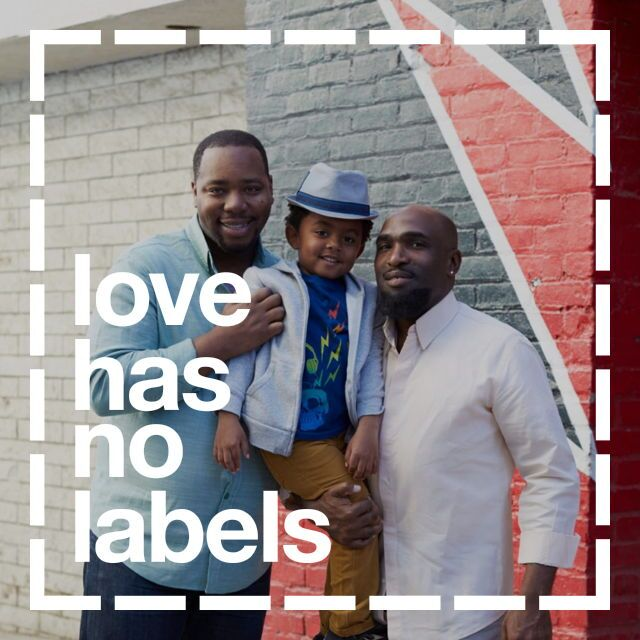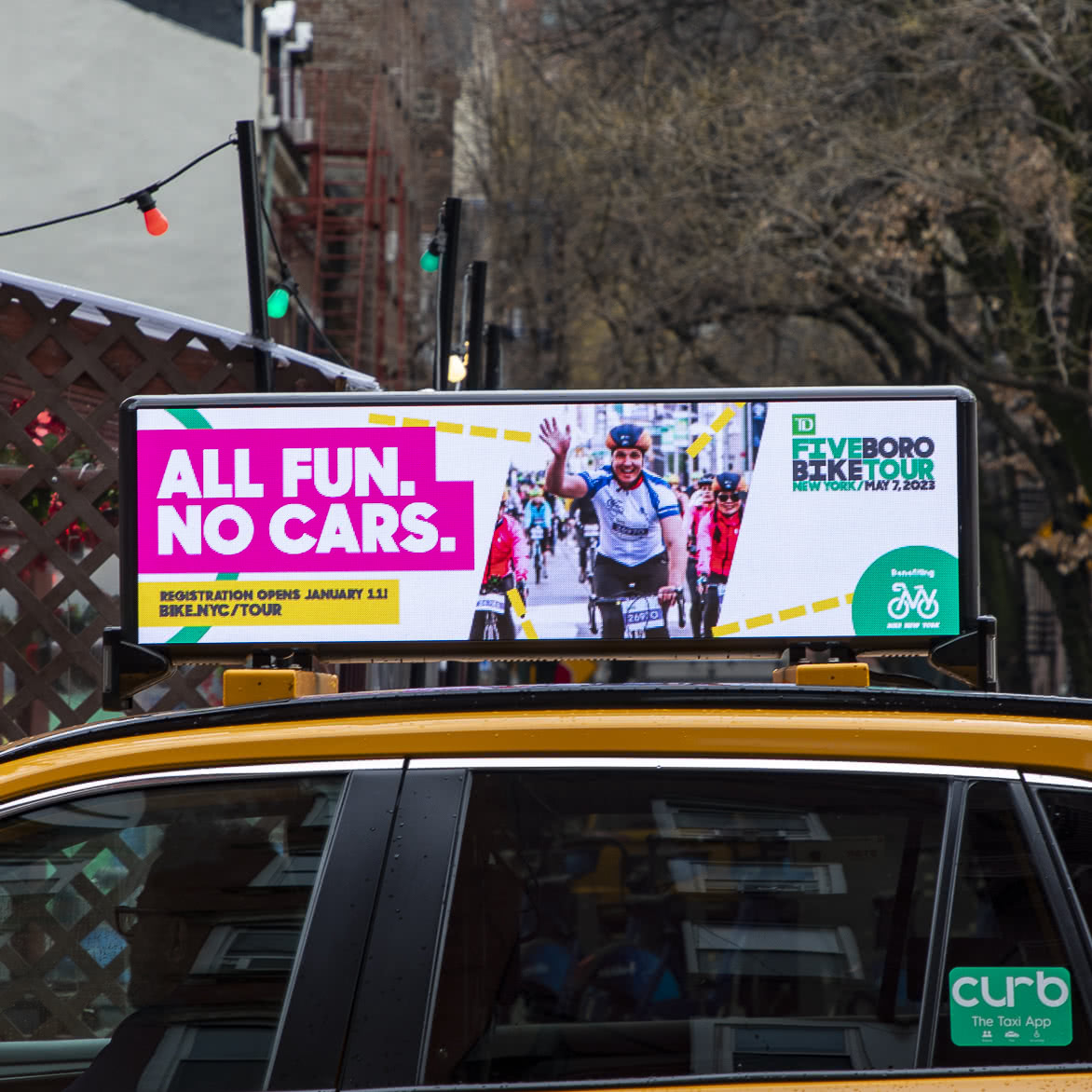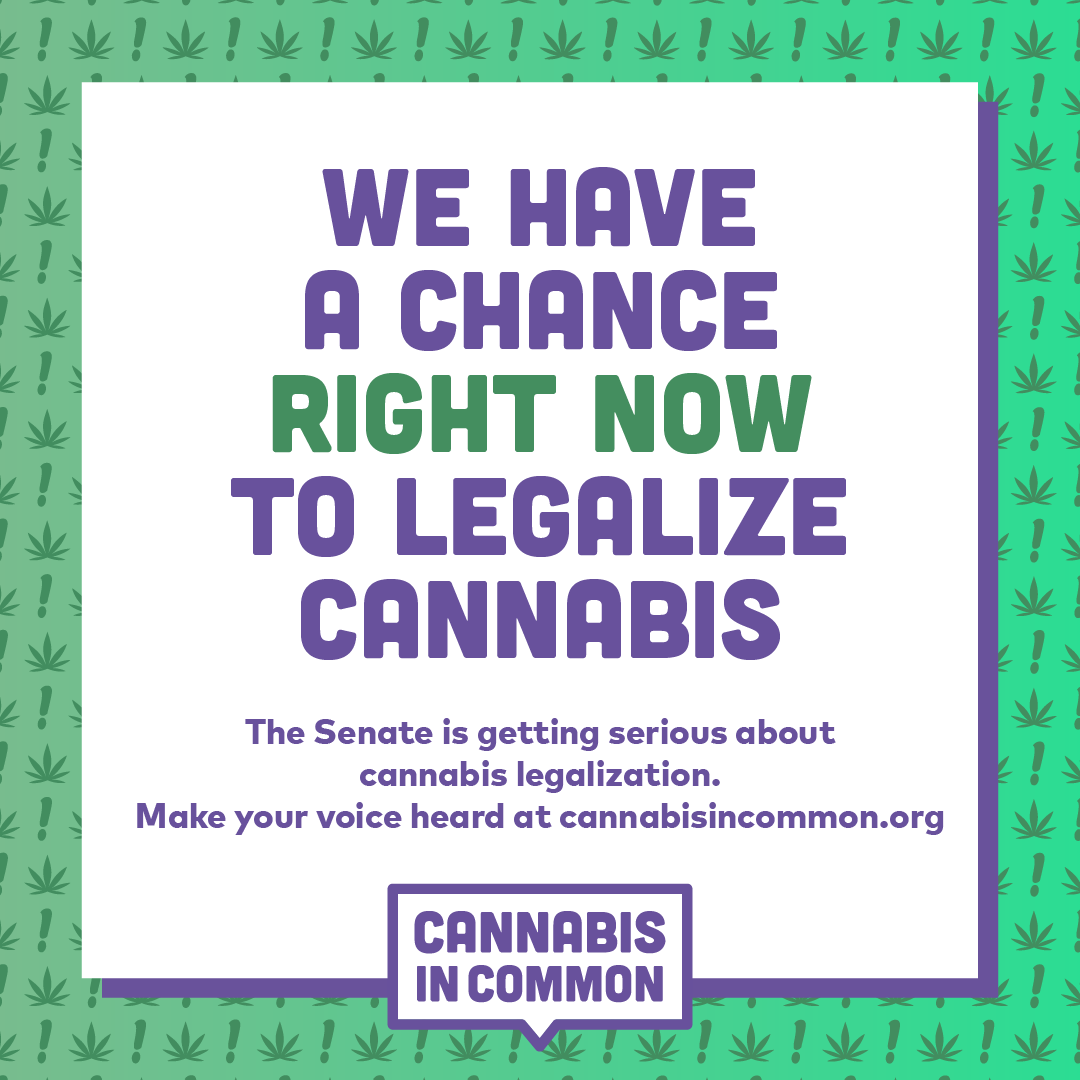But don’t worry, you’re just in time for 2025!
Giving Tuesday is right around the corner. Some of us love it. Some of us are exhausted by it. You may be wondering, is it worth the hype? Where did this day even come from and how can I make the most of it? Well, the truth is, Giving Tuesday won’t make or break your end of year fundraising. What’s more important is that you’re cultivating your audience throughout the year with steady communication, easy donor pathways, and authentic, human-powered connection. And all that starts way back in Q1. But don’t worry, you’re right on track to start thinking about your end of year fundraising for 2025!
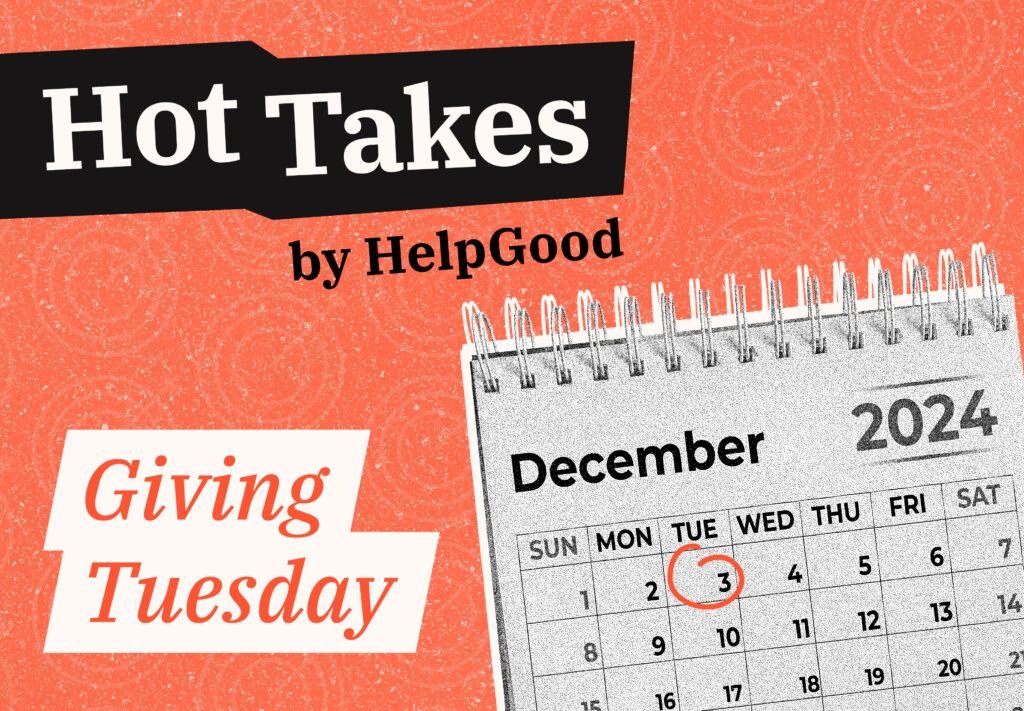
At HelpGood, we have over a decade of experience in planning and executing successful fundraising campaigns. And as we’re launching Giving Tuesday campaigns with our clients now, we thought it was about time to share some wisdom about how we set our clients up for success, so that you can start thinking ahead to 2025.
So… what the heck is Giving Tuesday?
In 2012, Giving Tuesday came on the scene thanks to the 92nd Street Y and its Belfer Center for Innovation & Social Impact in New York City. It’s a day that has a simple mission: to encourage people to do good.
After the frantic holiday shopping and consumerism driven by Black Friday, Small Business Saturday, and Cyber Monday, Giving Tuesday is a welcome relief. Since then, it has rapidly grown into a global movement and an independent nonprofit that inspires hundreds of millions of people to give, collaborate, and celebrate generosity.
We’ve developed a round up of Giving Tuesday Hot Takes, with a focus on four categories: fundraising, creative, web, and paid media. Let’s dive in!
Fundraising
More year-round donor cultivation.
You may be wondering, is Giving Tuesday really worth the effort? Yes, but it can’t be the first and only time that donors hear from you.
For the biggest payoff, Giving Tuesday needs to be a moment within a larger campaign for end-of-year fundraising that keeps the conversation going – and that campaign needs to be the crescendo of a year filled with steady communication and donor cultivation.
The Facts:
- Many see their donation behavior as a part of their character and moral identity, which only strengthens their relationships with organizations. This personal connection takes time to build.
- One of our clients working to end local childhood hunger in their community saw donations more than double when they deployed this strategy of long-term donor cultivation vs. a flash in the pan moment for Giving Tuesday.
- Year-round cultivation allows you to connect your fundraising efforts to other key moments throughout the year as well. The client mentioned above observed that Thanksgiving was actually way more effective and worth the effort than Giving Tuesday, and shifted their focus there.
Less battling for audiences.
Giving Tuesday is not as crowded as it seems.
When it comes to individual donors on Giving Tuesday, nonprofits are not in competition with each other or the election. Unlike the battle for the best deal on a TV on Black Friday, the choice to support a specific cause or nonprofit during those 24 hours of Giving Tuesday is not necessarily rooted in quick shopping around for the best organization to support. It’s a much more personal and emotional choice built on trust, and that trust takes all the time before Giving Tuesday to build.
Rather than scrambling to steal audience share from your competitors or the latest crisis in the news, use Giving Tuesday as the launch of the final push through December to encourage already interested audiences to convert. A donor match or a specific impact goal can be a big motivator.
The Facts:
- Data shows charitable giving increased in nine of the last 10 presidential election years, save for 2008 during the global financial crisis. In fact, sometimes donations go up as key issues are getting the spotlight.
- 84% of donors are more likely to give if their contributions get matched, 1 in 3 say they’d make a larger donation if a match were available (2024 study from Double the Donation).
Creative
More experimentation.
Sometimes the pressure of Giving Tuesday may discourage organizations from trying new, creative things. While you should keep tried and true tactics in play, using a high traffic day to experiment with new approaches can be an excellent way to test and learn. Insights gained through experimentation can help you improve your strategy well beyond Giving Tuesday.
Use Giving Tuesday as the day to launch your most engaging, creative work in your campaign. Whether that means bold design, powerful videos, new partnerships or influencer content, Giving Tuesday is the day to go big and get noticed.
The Facts:
- Next-gen donors (aged 43 and under) are four times as likely as traditional donors (44 and up) to learn about a cause through influencers.
- 82% of nonprofits take Giving Tuesday as an opportunity to experiment with something new. Think outside of the box and stay ahead of the curve this year.
Less official Giving Tuesday branding.
Giving Tuesday as an official day has its own branding, and sometimes organizations feel the need to create an entirely separate standalone campaign for Giving Tuesday that includes the logo and official branding.
While it’s nice to pay homage to the creators of the day, there are no hard and fast rules that say you have to lean into that brand to participate. In fact, your content could get lost in a sea of similarly branded Giving Tuesday materials instead of standing out.
Instead – own it! Tap into the spirit of the day’s generosity, not the brand. Make Giving Tuesday a big moment within your organization’s end of year campaign, not the other way around.
The Facts:
- Your org has put in the effort of building brand familiarity and trust throughout the year – don’t leave it behind on your most visible moment. Studies have shown the value of building recognition and loyalty with donors, with the average loyal donor giving 4X the donation amount of passive one-time donors.
Web
More donor pathways.
It takes multiple touchpoints to move someone from awareness to engaged constituent to donor. These touches—which take place over email, text, social, and for many nonprofits, good old fashioned snail mail—are where the real decision to donate takes place. Make following through on that decision as easy as possible.
Give all potential donors an easy pathway to completion:
- ✅ Donation forms have to be mobile-first
- ✅ Include a QR code on mailers and any print advertising, including OOH
- ✅ Accommodate the less tech savvy by including the URL in your messaging;
- make it simple and easy to recall (e.g. YOUR.ORG/GIVE)
The Facts:
- 62% of Millennials, currently stepping into their major gifts era, prefer to give through their mobile device.
Less relying on your homepage or a web pop-up.
It’s important for any site visitor to easily complete a donation. And giving campaigns should indeed be visible on site, but consider these tactics your final sweep.
They help catch the strays, the folks who need extra help completing their journey, that one guy who doesn’t actually read the mailer, but still likes getting it as a reminder.
The Facts:
- Less than 1% of organic site traffic leads to a donation.
Paid Media
More human-powered connection.
Automated processes can surely be beneficial, especially when you have tight budgets & resources, or during peak seasons like Giving Tuesday. It can assist in those tedious tasks like sending receipts or personalized thank you emails immediately after a donation is made, as well as targeted follow up emails in the future.
And now, more and more organizations are integrating AI into that automation. AI is becoming the communicator. AI-powered communications might increase efficiency, but at the detriment of the human touch, and customers notice.
We believe that human-powered connection will always be stronger than AI-powered connection. When you’re asking people to donate this Giving Tuesday, steer clear of AI when it comes to communications.
The Facts:
- More than half (56%) of Americans have negative feelings about companies using AI as part of the customer experience (SurveyMonkey, 2023).
- People notice when human responses have been replaced by AI. And donor loyalty can be endangered when comms become generic and lack emotional resonance.
Less reliance on organic for reach.
The social media landscape is ever changing. And the days of an organic post reaching the masses and driving engagement with little to no strategy are behind us.
As paid media starts to overshadow organic, organic reach is getting less viable to rely on. So we need to change with the landscape. This Giving Tuesday, add paid media into the mix across platforms.
Drive engagement by bringing that authenticity from organic into your paid content. Don’t be afraid to leverage trends with paid and meet your audience where they are.
It’s time to bring the energy of organic into the realm of paid media.
The Facts:
- Paid media now overshadows organic, with Instagram alone raking in an estimated $43 billion in ad revenue.
- On Facebook, a mere 0.07% of a page’s fans engage with the average organic post.
- Organizations are starting to leverage the trends that work well on organic in their paid ads, and it doesn’t go unnoticed.

